An Integrated Approach to Transforming the City and its Neighborhoods
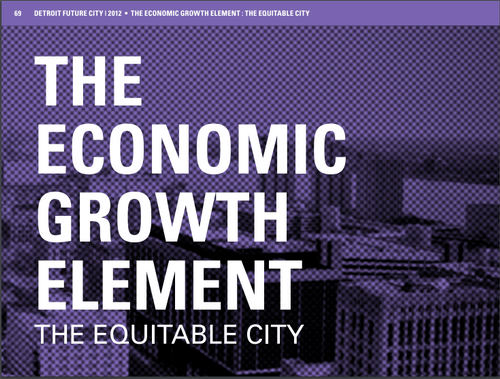
The Economic Growth element proposes strategies to grow Detroit’s economy for all Detroiters by supporting economic sectors in Detroit that have already shown success in job creation including digital and creative jobs, industrial employment and entrepreneurship, and attracts new residents and businesses.
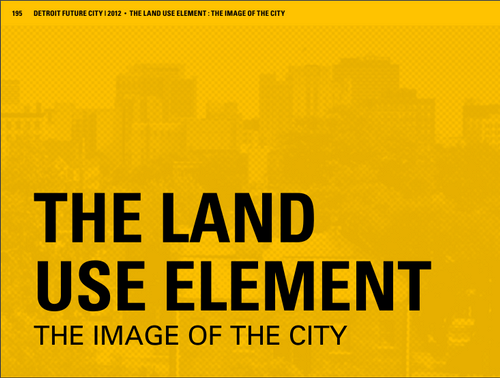
The Land Use element offers strategies that take into account Detroit land’s current realities and future needs. Following zones found in the Strategic Framework, these strategies offer guidance on the best uses of land while considering vacancy rates and the type of landscape based on three characteristics (neighborhood, industrial and landscape).

The City Systems element addresses reforms to the service delivery systems throughout the city including water, waste, energy, and lighting and transportation.
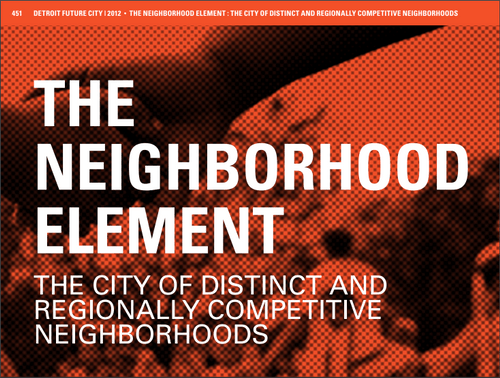
The Neighborhood element provides strategies to create a diverse range of neighborhood styles and choices that appeal to a wide variety of people while strengthening all Detroit neighborhoods. Quality-of-life issues are addressed with a set of citywide strategies that affect all Detroiters.
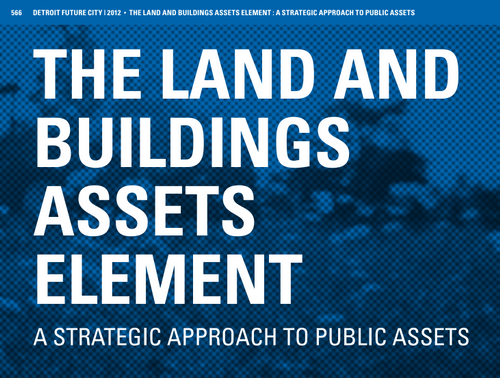
The Land and Building Assets element calls for all of the different public agencies that hold land to align their missions around a single, shared vision.
This collaborative effort will be built around the aspirations of the city outlined in its land use and environmental plans, economic growth strategies and neighborhood revitalization efforts providing a collective approach to land and buildings in the city whether publicly or privately owned.
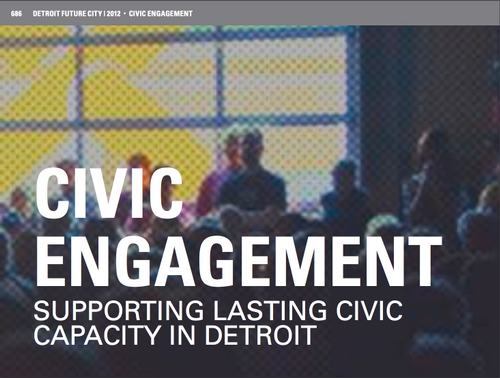
As the foundation of all of the planning elements, Civic Capacity serves as the single most important factor in determining successful implementation of the Strategic Framework.
DFC is committed to participatory implementation, where the organization and its partners engage in multiple layers simultaneously from individuals and neighborhoods to sector-based activity to systemic reforms.